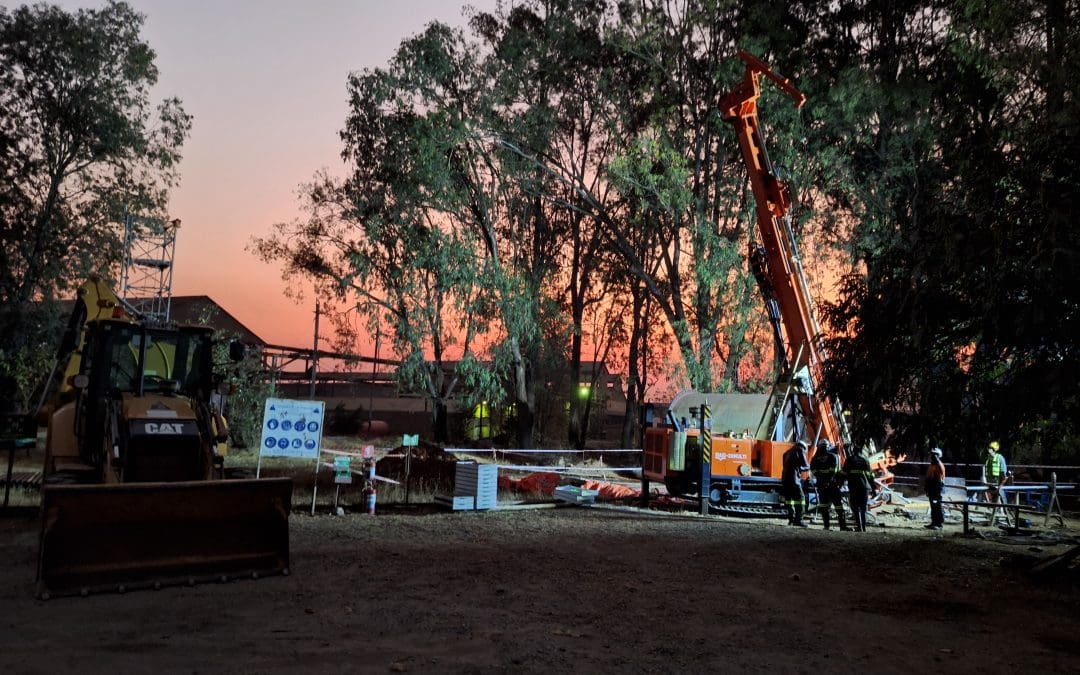Mineral Exploration FAQs – The Rising Tide of Mineral Exploration
The worlds insatiable appetite for industrial commodities is growing, doubling every two decades. While the specific resources in demand may shift – think of the increasing need for lithium due to the electric vehicle revolution – the requirement for mined materials remains steadfast. This surge isn’t solely due to raw material needs. Our expanding geological understanding and innovative exploration techniques further fuel the mineral exploration endeavours, so explore below some of our Mineral Exploration FAQs
What Exactly is Mineral Exploration?
At its core, mineral exploration is the quest to discover, delineate and define concentrated mineral deposits, aiming to mine them for economic gains. The exploration journey has evolved over time. Gone are the days of simple gold panning. As surface deposits diminish, the hunt now often leads us deeper into the Earth’s crust.
How Often Does Exploration Lead to Mining?
Discovering minerals during exploration is not a rarity. However, translating these discoveries into operational mines is a cumbersome task and investment. Less than 1% of exploration ventures mature into productive mines. Hence, seasoned miners often juggle multiple, meticulously researched claims to enhance their success odds.
What are the Steps of Mineral Exploration?
The exploration journey, though typically spanning 5 to 8 stages, can be dynamic, adapting to initial discoveries and prospect. The general steps encompass:
1. Identifying Potential Deposits
2. Staking Claims & Securing Exploration Permits
3. Undertaking Surface mapping, Geochem sampling, structural mapping
4. Geophysical investigations charactering the specific area for magnetic properties, resistivity, gravity and density contrasts, electro magnetic principles and characteristics.
4. Initiating Early-Stage Exploration
5. Conducting Core Drilling
6. Engaging in Resource Modelling
7. Undertaking De-Risking Activities
8. Making Production Decisions
For an in-depth dive into each phase, peruse our detailed guide: 8 Steps of Mineral
Exploration.
How is Mineral Exploration Conducted?
Post the preliminary discovery, mineral exploration is a structured and well orchestrated project and list of activities. Often the initial explorations are spearheaded by individual prospectors or small teams with the big players in mining often deploying specialized field crews for advanced exploration. When potential is ascertained, top-tier experts’ step in, offering advanced mineral exploration insights, tests, and mapping.
Why is Mineral Exploration Important?
Even as we pivot towards greener energy alternatives, mining remains pivotal. It’s the backbonebsupporting these green solutions and is indispensable for the broader manufacturing sector.
Who Can Embark on Mineral Exploration?
Initial prospecting, causes minimal surface disruption and has the least impact to communities and the environment. This often precedes the claim staking phase. However, as exploration progresses and becomes more intricate, it necessitates specific licenses, permits, and rights as the impact to both communities and the environment increases.
Seeking More Information?
If you’re brimming with questions about mineral exploration or need expert assistance for your exploration endeavours, don’t hesitate to connect with MINROM’s seasoned team today.
Sources:
UNFC – Geological Exploration
Your Article Library – Factors Affecting Exploitation of Mineral Resources
Science Direct – Geological Exploration GoStudy Geologist

